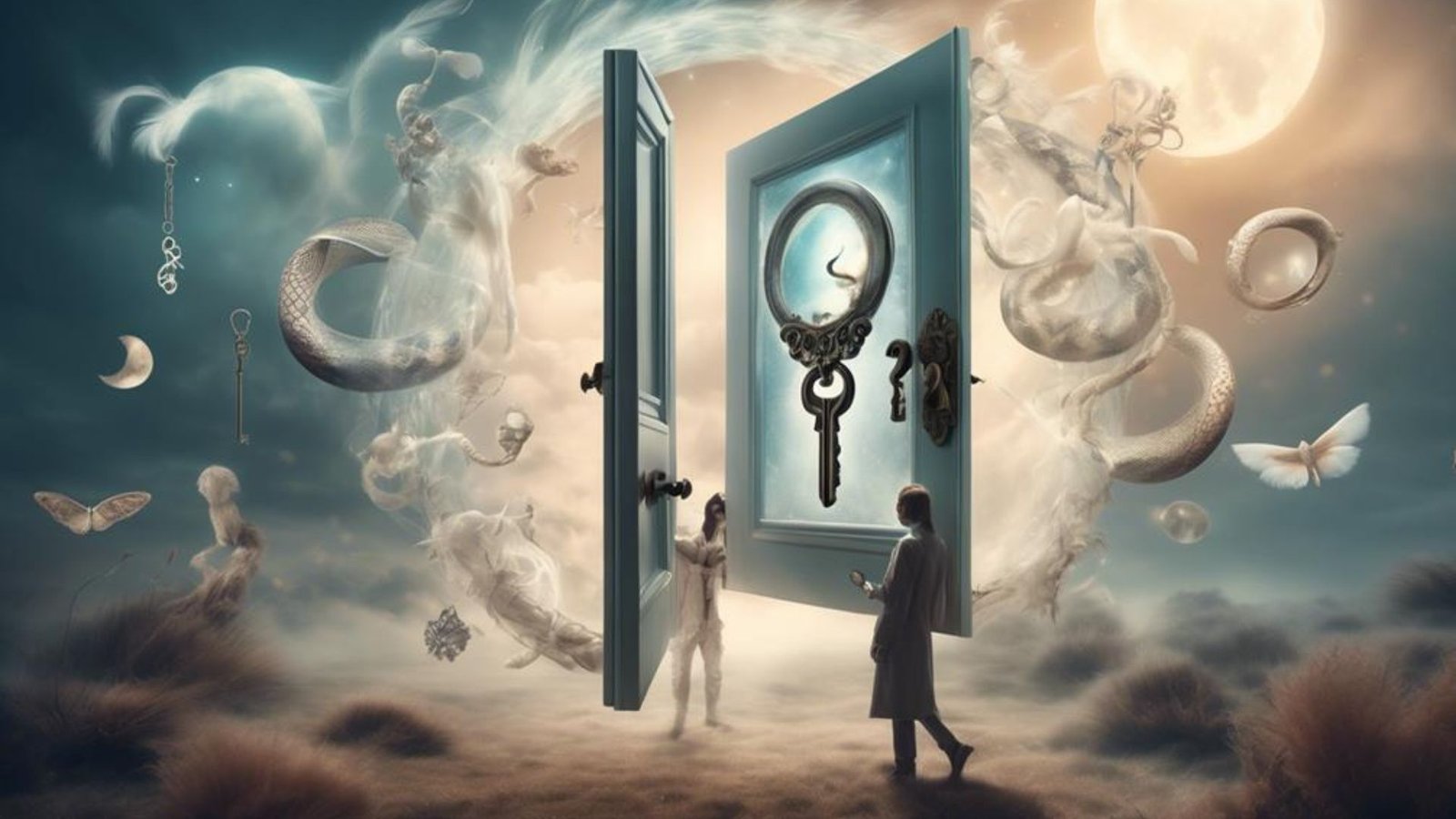Dreams are a fascinating and mysterious aspect of human life, providing a window into our subconscious. However, the nature and content of dreams can change significantly as we age. This article explores how age affects the nature of dreams, from childhood through old age.

Childhood Dreams
Children often have vivid and imaginative dreams. Their dreams can be influenced by their limited life experiences and the creative ways they interpret the world around them. Key characteristics of childhood dreams include:
- Vividness and Imagination: Children’s dreams are often colorful and full of fantastical elements. They may dream of imaginary creatures, flying, or adventures in magical lands.
- Emotional Content: Children’s dreams can be emotionally intense, with themes of fear, joy, or wonder. Nightmares are common, often reflecting anxieties or fears from their daily lives.
- Fragmentation: Young children may experience more fragmented dreams, with less cohesive storylines. This could be due to their developing cognitive abilities.
Teenage Dreams
As children transition into adolescence, their dreams begin to reflect the complexities of growing up. Teenage dreams are shaped by their emerging identities, social relationships, and increasing life experiences. Characteristics of teenage dreams include:
- Social Themes: Teenagers often dream about friends, school, and social interactions. Dreams may reflect their concerns about acceptance, popularity, and peer relationships.
- Self-Identity: Dreams during adolescence can be introspective, exploring issues of self-identity, body image, and future aspirations.
- Emotional Intensity: Teenagers may experience emotionally charged dreams, including vivid nightmares, often linked to the hormonal and emotional changes of puberty.
Adult Dreams
Adulthood brings a shift in the nature of dreams, reflecting the responsibilities, stresses, and experiences of adult life. Adult dreams are characterized by:
- Problem-Solving: Adults often dream about work, family, and daily life challenges. These dreams can involve problem-solving or coping with stress.
- Relationship Focus: Dreams frequently feature significant others, family members, and close friends, reflecting the importance of relationships in adult life.
- Recurrence: Adults may experience recurring dreams, which can indicate unresolved issues or ongoing concerns.
Elderly Dreams
In old age, dreams often take on a reflective quality, influenced by a lifetime of experiences. Elderly individuals may dream about the past, family, and existential themes. Characteristics of dreams in older adults include:
- Reflectiveness: Dreams may involve revisiting past memories, experiences, and relationships. Elderly individuals often reflect on their life journey and legacy.
- Existential Themes: Dreams can explore themes of mortality, spirituality, and the meaning of life, reflecting the natural concerns of aging.
- Less Intensity: Older adults may experience less intense emotional content in their dreams. However, dreams can still be vivid and meaningful.
Factors Influencing Dream Changes
Several factors contribute to how age affects the nature of dreams:
- Cognitive Development: As cognitive abilities develop and decline over a lifetime, they influence dream content and complexity.
- Life Experiences: Personal experiences, traumas, and significant life events shape dream themes and emotional content.
- Sleep Patterns: Changes in sleep architecture, such as variations in REM sleep, affect the vividness and frequency of dreams.
- Emotional Health: Mental and emotional health can impact dream content, with stress, anxiety, and depression influencing the nature of dreams.
Conclusion
The nature of dreams evolves throughout the lifespan, reflecting cognitive development, life experiences, and emotional health. From the imaginative dreams of childhood to the reflective dreams of old age, each stage of life brings unique dream characteristics. Understanding these changes can provide valuable insights into the human experience and the role of dreams in our lives.




